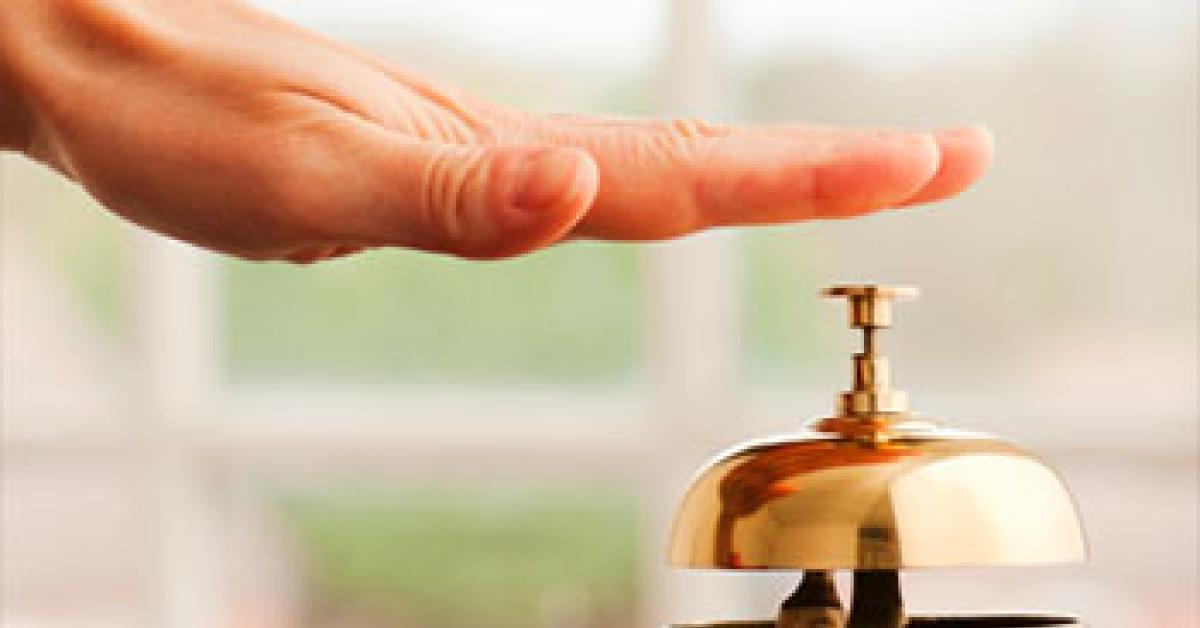APPLETON, Wis. — As I am writing this column, I am preparing to speak at the DIA Twin Clean show in Sydney, Australia. This is my first trip and, like a lot of Americans, I don’t know as much as I should about the world’s largest island.
Simple things are puzzling me right now. If I say, “Don’t take that ratty shirt from a customer because it will end up being your problem.” How does “ratty” translate? Does it mean something different to the Aussies? Will they think I am talking about small animals that have eaten a shirt?
What about Staples’ “Easy” button? Does a picture of the button that I use in one of my workshops here in the United States translate into something altogether different? Does “easy” mean something that has nothing to do with providing customer service? I’m talking about providing customer service one time—a one-and-done manner. I might stick to “one and done” when I talk.
For that matter, do Australians like to be called “Aussies,” or is this something I read somewhere that isn’t especially flattering? I’m overwhelmed with questions!
I have read that Australia is the flattest continent on earth—its highest elevation is about 7,300 feet—and that it is the driest outside of Antarctica. I’m not certain what these bits of information are going to do to help me, other than I won’t have to worry about a lot of humidity and frizzy hair. (However, after carefully re-reading my traveler’s guide, I see now that it’s not humid in the interior of the country but Sydney has a Mediterranean climate.)
There are a few things I’m certain about as I prepare for my Australian audience. Customers still need and want service. It can make or break a business. It has nothing to do with where you are in the world. Everyone wants to know why a customer continues to use a dry cleaner or why they quit. It’s customer acquisition and retention.
It’s the basics. And sometimes basics are hard to focus on or to get right. I recently cut out a cartoon from the New Yorker magazine. It shows a caterpillar on a couch in a counselor’s office. Perched on a chair is the counselor, a beautiful monarch butterfly. The caption reads, “The thing is, you really have to want to change.”
As service providers, dry cleaners in Australia have a workforce that differs from the U.S. workforce. Nationwide, nearly one-third of all employees are part-time; in the States, part-timers comprise about 19% of our workers. From a customer service training perspective in Australia, it means that there are fewer full-time employees and there is much more job changing going on.
In any country, it can be challenging to hire (and keep) customer service representatives who are motivated and ready to learn and work. A lack of prestige, and not being valued for the hard work it takes to provide good service, are certainly obstacles. These, too, are basics.
The best dry cleaners in the business realize training a CSR requires more than the processes for taking in and returning items to customers. The best CSRs in the business know about fabrics; fashion; drycleaning services; stains and removal; and daily/weekly/monthly specials. Plus, they communicate well with customers, the plant, the delivery person, and oh, yes, the owner.
As I’m working on my speech, here’s what I’m talking about: Great CSRs are like a golf tee and an airport runway. They serve two important roles:
Setting customer expectations for what can (and can’t) be cleaned. It’s not possible to make a hole-in-one without a tee.
Providing service to the customer, no matter how bumpy. You can’t have a smooth take-off without a runway.
As I have mentioned here previously, great customer service at the counter saves money and retains customers. Just the basics. (I’ll find out about the UGG boots when I get to Australia.)
Have a question or comment? E-mail our editor Dave Davis at [email protected].
